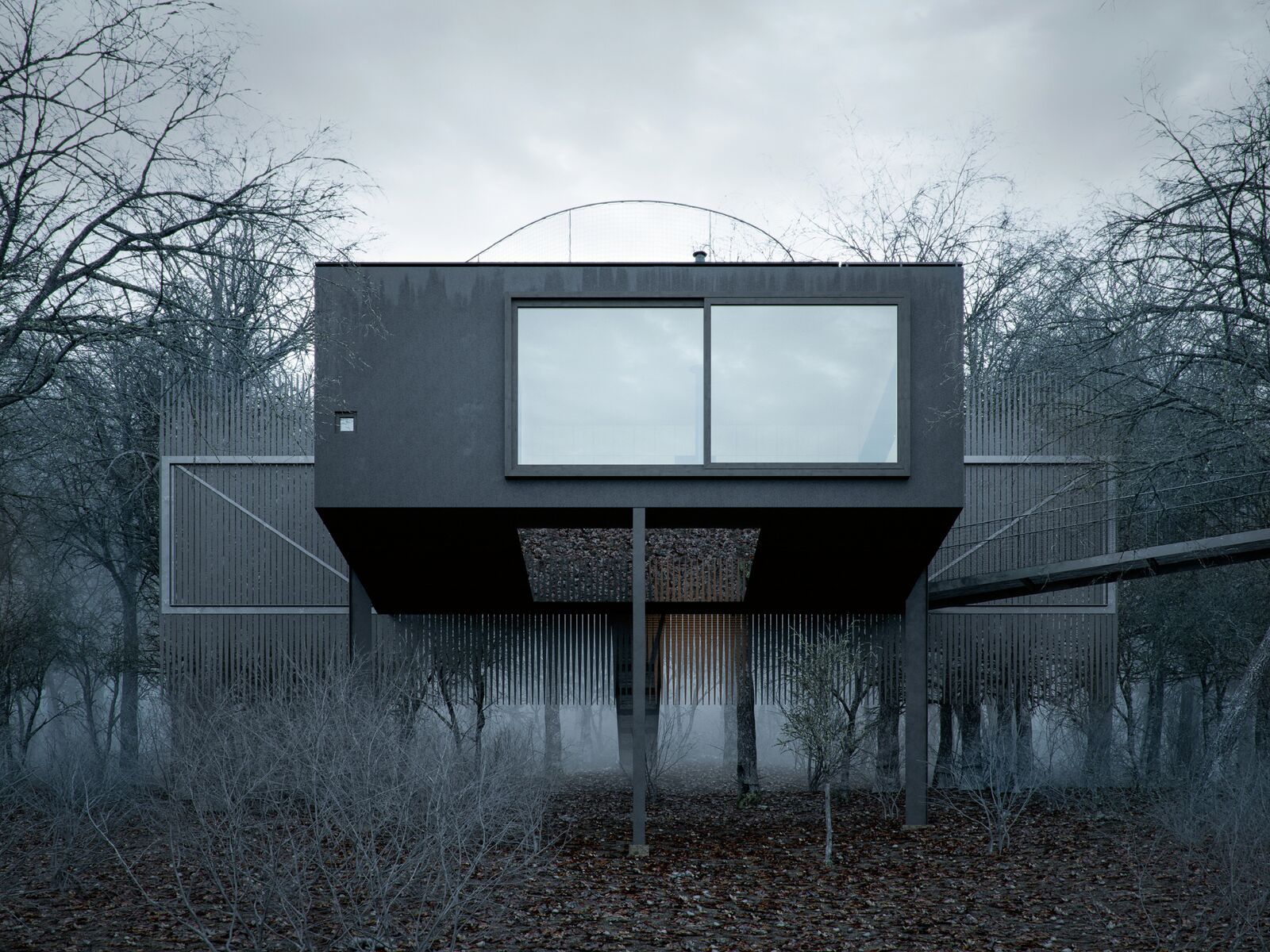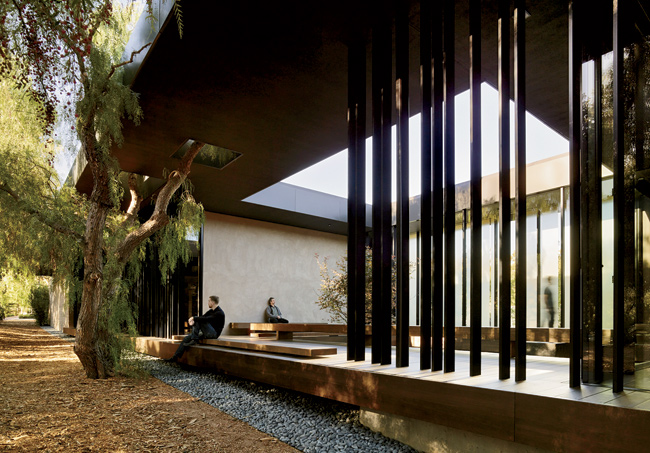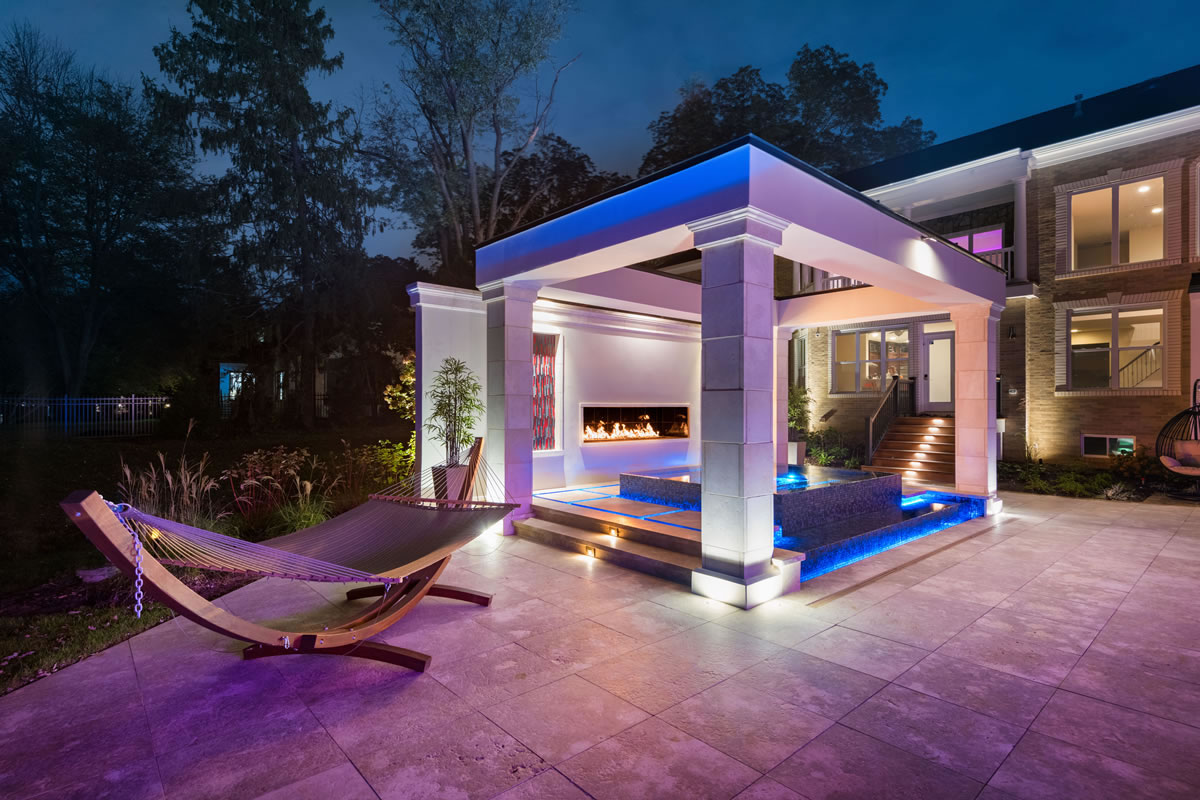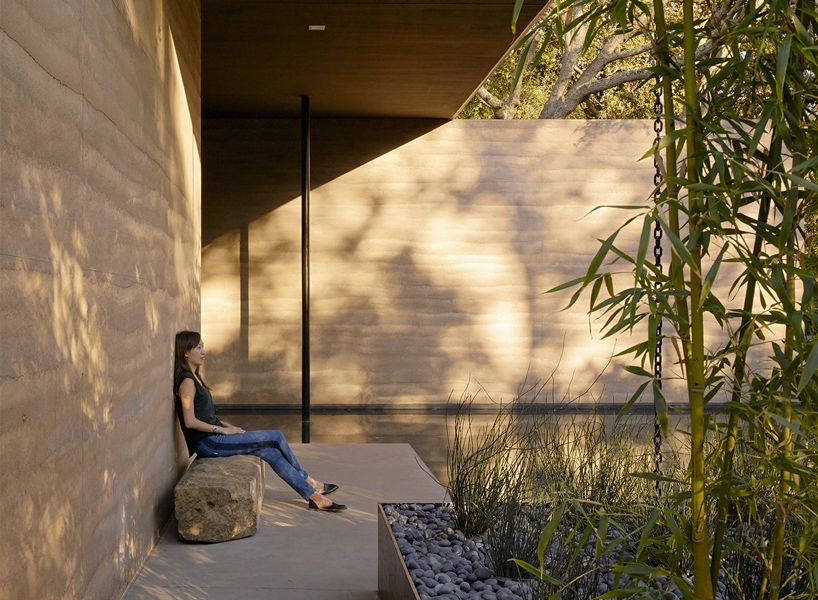Crafting Your Sanctuary: A Comprehensive Guide to Designing a Contemplative Space
In our increasingly hectic lives, the need for tranquility and introspection has never been greater. We are constantly bombarded with information, demands, and distractions, leaving little room for quiet reflection. Designing a contemplative space is not just about creating a beautiful room; it’s about cultivating a sanctuary—a personal haven where you can disconnect from the noise of the world and reconnect with your inner self. This comprehensive guide will walk you through every step of the process, from understanding the fundamental principles to selecting the perfect elements for your unique space. Get ready to embark on a journey of self-discovery and create a space that nurtures your mind, body, and spirit.
Understanding the Essence of a Contemplative Space
Before diving into the practical aspects of design, it’s essential to grasp the core principles that define a contemplative space. This isn’t simply about aesthetics; it’s about fostering an environment that encourages mindfulness, peace, and self-awareness. Think of it as a deliberate act of creating a refuge, a place where you can retreat from the pressures of daily life and find solace. The key is to create a space that resonates with your personal needs and preferences.
The Pillars of Contemplation
- Stillness: This is perhaps the most fundamental element. The space should be free from distractions and noise, allowing you to quiet your mind and focus on the present moment.
- Simplicity: A clutter-free environment promotes clarity and reduces mental fatigue. Minimalism, in its essence, is often a great approach.
- Comfort: Physical comfort is crucial. The space should be inviting and conducive to relaxation, with comfortable seating, soft textures, and appropriate lighting.
- Connection: The space should facilitate a connection with yourself, your values, and, if desired, the natural world. This can be achieved through the inclusion of meaningful objects, natural light, and elements that evoke a sense of peace.
- Intention: Every element within the space should be carefully considered and chosen with intention. The purpose of the space should be clear, whether it’s for meditation, journaling, reading, or simply quiet contemplation.
Designing Your Contemplative Space: A Step-by-Step Guide
Now that you understand the core principles, let’s delve into the practical steps of designing your contemplative space. Remember, this is a personal journey, so feel free to adapt these suggestions to your unique needs and preferences.
1. Choosing the Right Location
The location of your contemplative space is paramount. Ideally, it should be a place that is:
- Quiet: Away from high-traffic areas, noise pollution, and distractions. Consider a spare bedroom, a corner of your living room, a sunroom, or even a dedicated outdoor space.
- Well-lit: Natural light is highly beneficial, as it promotes a sense of well-being and connection with nature. However, make sure you can control the light levels to create a sense of calm or darkness if needed.
- Private: A space where you feel safe and comfortable being alone. This could be a space that is separated, or feels separated, from other areas of your home.
- Accessible: Easily accessible and convenient to use. This ensures that you will actually use the space.
2. Decluttering and Simplifying
Clutter is the enemy of contemplation. Before you begin decorating, thoroughly declutter the space. Get rid of anything that doesn’t serve a purpose or bring you joy. This includes:
- Unnecessary furniture: Only keep essential items that support the purpose of the space.
- Cluttered surfaces: Keep surfaces clear of papers, books, and other distractions.
- Excessive decorations: Choose a few meaningful objects that evoke a sense of peace and serenity.
The goal is to create a clean, uncluttered environment that promotes clarity and focus.
3. Selecting the Right Color Palette
Colors have a powerful impact on our mood and emotions. Choose a color palette that promotes calmness, relaxation, and introspection. Consider these options:
- Neutral tones: Whites, creams, grays, and beiges create a sense of serenity and spaciousness.
- Soft pastels: Blues, greens, and lavenders evoke a sense of peace and tranquility.
- Earthy tones: Browns, greens, and terracotta colors connect you with nature and promote grounding.
- Avoid bright, stimulating colors: These can be distracting and counterproductive to contemplation.
Experiment with paint swatches and fabrics to find the perfect palette for your space. Consider the direction of the light and how it affects the colors throughout the day.
4. Incorporating Comfortable Furnishings
Comfort is key. Choose furnishings that are inviting and conducive to relaxation. Consider these options:
- A comfortable seating area: A plush armchair, a cozy sofa, or a meditation cushion.
- Soft textures: Throw blankets, pillows, and rugs made from natural materials like wool, cotton, or linen.
- Ergonomic support: Ensure your seating provides adequate support for your back and neck, especially if you plan to spend extended periods in the space.
The goal is to create a space where you feel physically comfortable and relaxed.
5. Optimizing Lighting
Lighting plays a critical role in setting the mood. Consider these options:
- Natural light: Maximize natural light whenever possible. Position your space near a window or skylight.
- Ambient lighting: Use soft, diffused lighting to create a calming atmosphere. Consider using dimmable lights.
- Task lighting: If you plan to read or journal, provide adequate task lighting, such as a reading lamp.
- Candles: Candles can add warmth and a sense of serenity, but use them safely.
- Avoid harsh overhead lighting: Harsh lighting can be jarring and disruptive to contemplation.
6. Adding Meaningful Objects
Surround yourself with objects that have personal significance and evoke a sense of peace and inspiration. Consider these options:
- Books: Books on spirituality, philosophy, or poetry.
- Artwork: Paintings, sculptures, or photographs that inspire you.
- Plants: Indoor plants that purify the air and bring nature indoors.
- Crystals: Crystals with metaphysical properties.
- Personal mementos: Objects that remind you of loved ones or significant experiences.
- Incense or essential oils: Aromas that promote relaxation and focus.
The key is to choose objects that resonate with you and enhance your sense of well-being.
7. Incorporating Nature
Connecting with nature is a powerful way to promote relaxation and introspection. Consider these options:
- Indoor plants: Bring the outdoors in with plants that purify the air and add a touch of natural beauty.
- Views of nature: Position your space near a window with a view of trees, a garden, or the sky.
- Natural materials: Use wood, stone, and other natural materials in your furnishings and decor.
- Sounds of nature: Play nature sounds, such as rain, ocean waves, or birdsong.
- Outdoor space: If possible, create a contemplative space outdoors, such as a garden or a patio.
8. Incorporating Technology Mindfully (or Avoiding It)
Technology can be a distraction, so consider how you will use it in your contemplative space. Some people might choose to completely avoid technology in their space, while others might find it useful for specific purposes.
- Minimize distractions: Turn off notifications, silence your phone, and avoid using social media.
- Use technology mindfully: If you use technology, use it intentionally, such as for listening to guided meditations or nature sounds.
- Consider a dedicated device-free zone: Designate a specific area of your space as a device-free zone.
9. Creating a Routine
Once your space is set up, establish a routine that supports your contemplative practice. This could include:
- Setting aside dedicated time: Schedule time each day or week for contemplation.
- Practicing mindfulness: Engage in activities such as meditation, deep breathing, or yoga.
- Journaling: Reflect on your thoughts, feelings, and experiences.
- Reading: Read books on spirituality, philosophy, or personal growth.
- Spending time in nature: Connect with the natural world through walks, gardening, or simply observing the beauty around you.
Consistency is key. The more you practice, the more you will benefit from your contemplative space.
Beyond the Basics: Elevating Your Contemplative Space
Once you have the basic elements in place, you can further elevate your contemplative space to create a truly unique and enriching experience.
Adding Sensory Experiences
Engage your senses to deepen your contemplative practice. Consider these options:
- Aromatherapy: Use essential oils, incense, or candles with calming scents like lavender, sandalwood, or chamomile.
- Sound: Play calming music, nature sounds, or guided meditations.
- Taste: Sip herbal tea or enjoy a light, healthy snack.
- Touch: Use soft textures like blankets, pillows, and rugs to create a sense of comfort and relaxation.
Personalizing Your Space
Make your space truly your own by incorporating personal touches that reflect your interests, values, and aspirations. Consider these options:
- Displaying artwork or photographs: Display artwork or photographs that inspire you.
- Creating a vision board: Create a vision board with images and words that represent your goals and aspirations.
- Adding a journal or notebook: Keep a journal or notebook for reflecting on your thoughts, feelings, and experiences.
- Incorporating meaningful objects: Surround yourself with objects that have personal significance.
Embracing Imperfection
Don’t strive for perfection. The most important thing is to create a space that feels authentic and supportive of your needs. Embrace imperfection and allow your space to evolve over time.
Common Mistakes to Avoid
While designing a contemplative space is a personal journey, there are some common mistakes that can hinder its effectiveness.
- Overcrowding the space: Avoid clutter and keep the space simple and uncluttered.
- Using overly stimulating colors or patterns: Opt for calming colors and avoid busy patterns.
- Ignoring comfort: Prioritize comfortable seating and soft textures.
- Failing to consider the purpose of the space: Define the purpose of the space and choose elements that support that purpose.
- Not making it your own: Don’t be afraid to personalize the space and make it your own.
By avoiding these common pitfalls, you can create a truly effective and enriching contemplative space.
Maintaining Your Contemplative Space
Once your space is created, it’s important to maintain it to ensure its continued effectiveness. This includes:
- Regular cleaning and tidying: Keep the space clean and uncluttered.
- Dusting and wiping surfaces: Regularly dust and wipe surfaces to maintain a sense of cleanliness.
- Replacing items as needed: Replace items that are worn or damaged.
- Adapting the space as your needs change: Be willing to adapt the space as your needs and preferences evolve.
Regular maintenance will ensure that your contemplative space remains a sanctuary for years to come.
Conclusion: Cultivating Inner Peace Through Design
Designing a contemplative space is an act of self-care, a journey toward inner peace. By carefully considering the principles and practical steps outlined in this guide, you can create a sanctuary that nourishes your mind, body, and spirit. Remember, the most important thing is to create a space that resonates with your personal needs and preferences. Embrace the process, be patient with yourself, and enjoy the journey of self-discovery. May your contemplative space be a source of solace, inspiration, and lasting peace.



